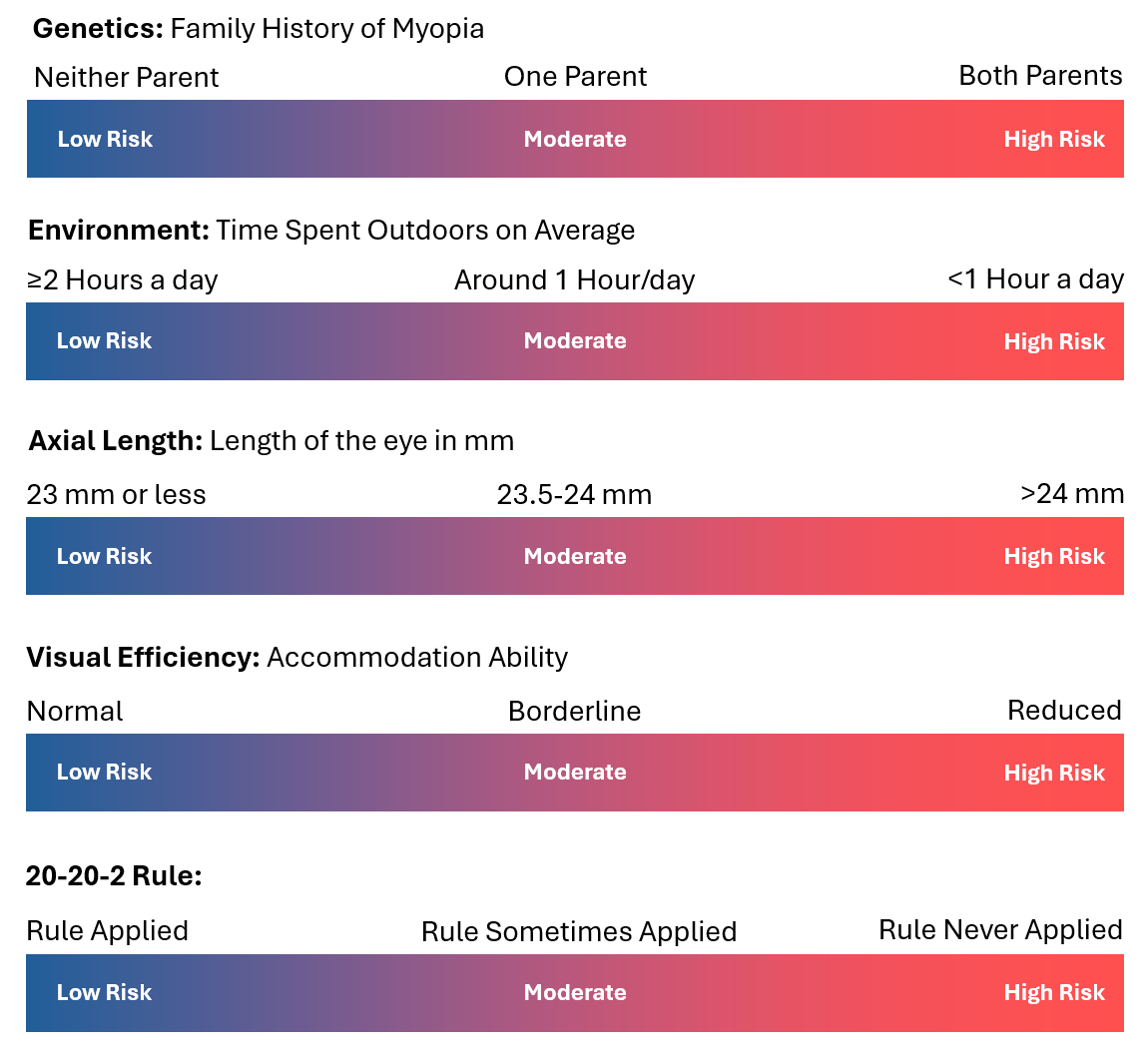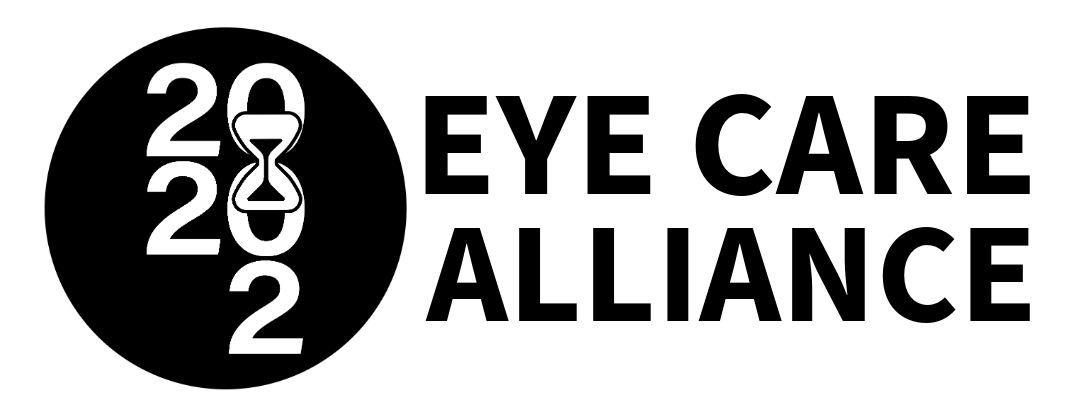Welcome to the 20-20-2.org Knowledge Hub
Gain actionable insights and expert advice on safeguarding eye health, understanding the 20-20-2 rule, and embracing practices that protect vision in the digital age.
What is Myopia?
Myopia and near-sightedness are the same. It is not only common but growing in prevalence around the world. Currently it is estimated that 25% of the world (1.5 billion people) have myopia, and that number is expected to grow up to 50% by the year 2050. Reasons being that children are spending less time outdoor and use different screens in their daily life.
Myopia control and myopia management: what is the difference?
Myopia control is not the preferred terminology if you ask Dwight H. Akerman, OD, MBA, FAAO because he believes it is not a comprehensive term. According to him Myopia control refers to a mechanism of action or a singular treatment. Myopia management is his preferred terminology because treating juvenile-onset progressive myopia is not a one-time event. Rather, it’s a long-term process. If myopia is diagnosed in an 8-year-old, chances are that child’s myopia must be managed for at least the next 10 years. The definition of myopia management can be summarized by four key activities:
For more information please visit this page
Myopia, a growing concern across the globe
Myopia and the need for intervention to slow-down its progression is a subject of concern for a specific clinical and scientific community. While the high prevalence of myopia is becoming epidemic in some Asian countries, the European population has seen an increased prevalence of myopia by over 3-fold in just 2 generations from less than 15% in older cohorts (+70 years old) to over 45% in younger people (up to 25 years old). The accompanying increase in ocular size and associated comorbidities allow people to anticipate a public health crisis in the medium-term as the number of myopes and high myopes increase. For more information please read this position paper that follows an earlier recommendation promoted by the European Council of Optometry and Optics –ECOO- in collaboration with the European Academy of Optometry and Optics -EAOO. For more information please click here.
Early identification and intervention is key
Without early identification and intervention that may prevent or delay the onset of myopia or halt or slow down the progression, a child is at risk for developing long-term vision and eye health problems. For more information from the World Council of Optometry please click here.
Time spent in outdoor activities (prevention is better than…)
Did you know that an increased time outdoors is effective in preventing the onset of myopia? As well as in slowing the myopic shift in refractive error. But paradoxically, outdoor time was not effective in slowing progression in eyes that were already myopic. For more information please click here.
And for a PubMed article in the National Library of Medicine, click here.
Myopia Risk Profile

How to better manage myopia risks for children?
Lifestyle counseling should be provided to all children, especially those at risk of developing myopia, and it should encompass outdoor exposure, time limits on close work and working distance. The 20-20-2 Eye Care Alliance believes that the 20-20-2 rule, proposed by Prof. Caroline Klaver, MD, PhD, and her co-researchers at the Erasmus University Myopia Research Group in Rotterdam, Netherlands, is effective in reducing the incidence of myopia and possibly slowing progression. (Klaver et al, 2020). The rule means: After 20 minutes of close work, children should gaze at objects in the distance for at least 20 seconds, and they should be outside intermittently for at least 2 hours per day. For more information click here.
Best practices
The 20-20-2 Eye Care Alliance shares best practices that helped to grow the awareness of the 20-20-2 (or similar rule). Click here to learn more.
